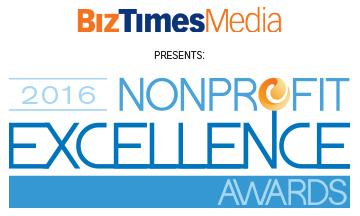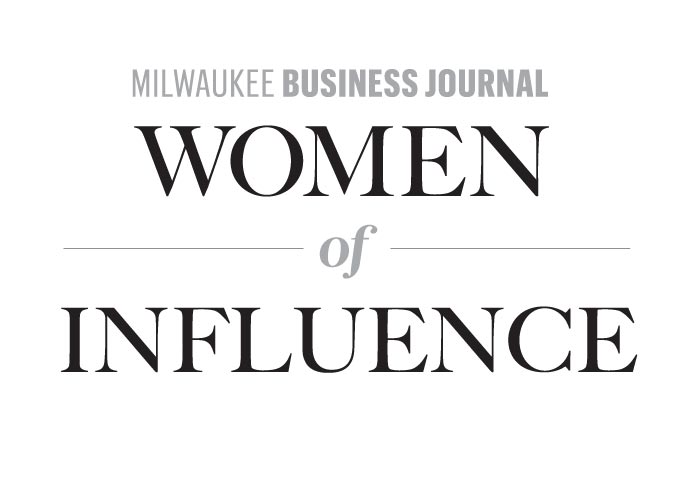It’s 2022 and New Year’s resolutions are at the front of everyone’s mind! Maybe you set a goal to make healthier choices, spend more time with your loved ones, or set aside time for self care. The DSAW community offers another resolution to add to your list: level up your allyship by finding ways to make inclusion a priority in your every day life. We promise it will be easier than hitting the gym;)
What is inclusion?
The concept of inclusion is defined as “the practice or policy of providing equal access to opportunities and resources for people who might otherwise be excluded or marginalized.”
Inclusion is defined differently at different levels. For an example, see the quote below from the National Down Syndrome Society about an inclusive educational environment:
Inclusion is a philosophy of education based on the belief in every person's inherent right to fully participate in society. Inclusion implies acceptance of differences. It makes room for the person who would otherwise be excluded from the educational experiences that are fundamental to every student's development .” (National Down Syndrome Society)
While many definitions exist to answer the questions of “what makes an inclusive work environment” or “what makes inclusive legislature,” this article will focus on how the average citizen can increase their awareness of inclusion through every day actions.
How can I actually be more inclusive?
For the average person, being inclusive essentially means being considerate of others and following basic social rules like not parking in the accessible spaces if you don’t need them. You can definitely take it to the next level though! See our list below for easy ways you can put inclusion first and be an ally!
Knowledge is Power: It is important to understand the history of inclusion and those with disabilities as well as the areas the community is currently focusing on. You can stay up to date on the topic of inclusion so easily with modern technology! See our inclusion resource links below for a starting point.
Start the Conversation: An easy way to grow your understanding of those with disabilities is by having conversations with loved ones or community members (as appropriate) who have varying abilities. It is always best to get your info from the disability community directly when possible because it is empowering to those in the community and you’ll get the most accurate answers.
Challenge Stereotypes: Identifying misinformation about those with disabilities in a conversation is a great way to share your knowledge and help change social perception. (EX: share your loved one’s success stories, call out the use of slurs, correct people who use outdated terminology or promote the belief that people with disabilities are unhealthy or less capable of contributing to society.) This might look like changing your own language as well.
Take It Literally: If you know someone with varying abilities in your life, an easy way to be inclusive is simply including them in activities that are already on your social calendar! Extend an invitation to a social gathering you’re attending, introduce them to different social groups you are a part of, and ask questions and actively listen to them during group conversation. Also, attend the events they invite you to and meet their friends!
Help Ease Social Barriers: Including someone with disabilities socially could also look like helping to ease potential social barriers. For example, if lack of transportation is preventing them from attending a social event, you could offer a ride.
Talk To Your Kids About Difference & Inclusion: Children are the future- they are also naturally curious! Answering your children’s questions about disability and inclusion honestly and openly will help them have a better understanding of the diverse world around them and how to approach people who are might appear different from them.
Inclusion Includes the Parents: Isolation can be a struggle not just for individuals with disabilities but their family members as well. Making an effort to include families who have loved ones with disabilities in your social gatherings will be so appreciated and you’ll probably meet your new best friends:)
Watch our “INCLUSION” playlist on YouTube to hear from DSAW community members about what inclusion looks and feels like.
Does it really make a difference?
Yes! Hearing the testimonies of our friends above shows how doing the smallest things (like passing to someone during basketball) can help all members of our community feel included and happy. Here are some other benefits:
Increased opportunities for friendships
Reduced isolation and increased safety
Increased empathy
Shared learning opportunities
Positive self-image
Inclusion of those with disabilities also has a quantifiable positive impact on our society. Articles highlighting this are linked in the resource section below.
DSAW also provides educational opportunities for workplaces, classrooms, and healthcare professionals to increase their understanding of disability inclusion. Click here for more info!
Inclusion Resources
4 Benefits of Inclusion in Classrooms
6 Tips To Talk To Your Kids About Disability
CDC Recommendations: Disability and Health Inclusion Strategies
Disability Inclusion: The Best Actionable Guide and Statistics
“Diversity vs Inclusion:” U.S. Department of Housing & Urban Development
Do Your D&I Efforts Include People with Disabilities?
How To Include Those With Disabilities
Impact of disability inclusion- GSDRC Applied Knowledge Services
“Implementing Inclusion:” National Down Syndrome Society






